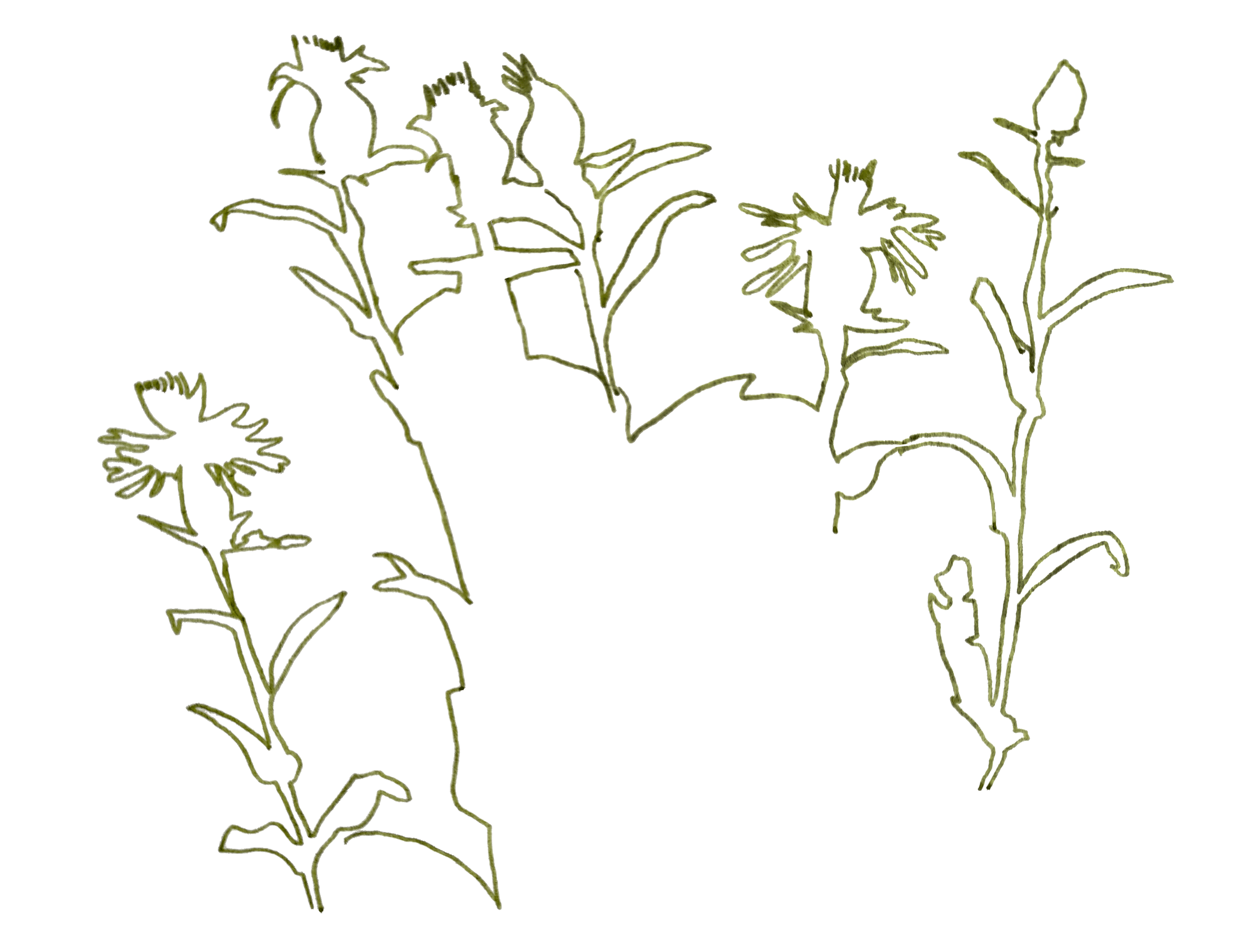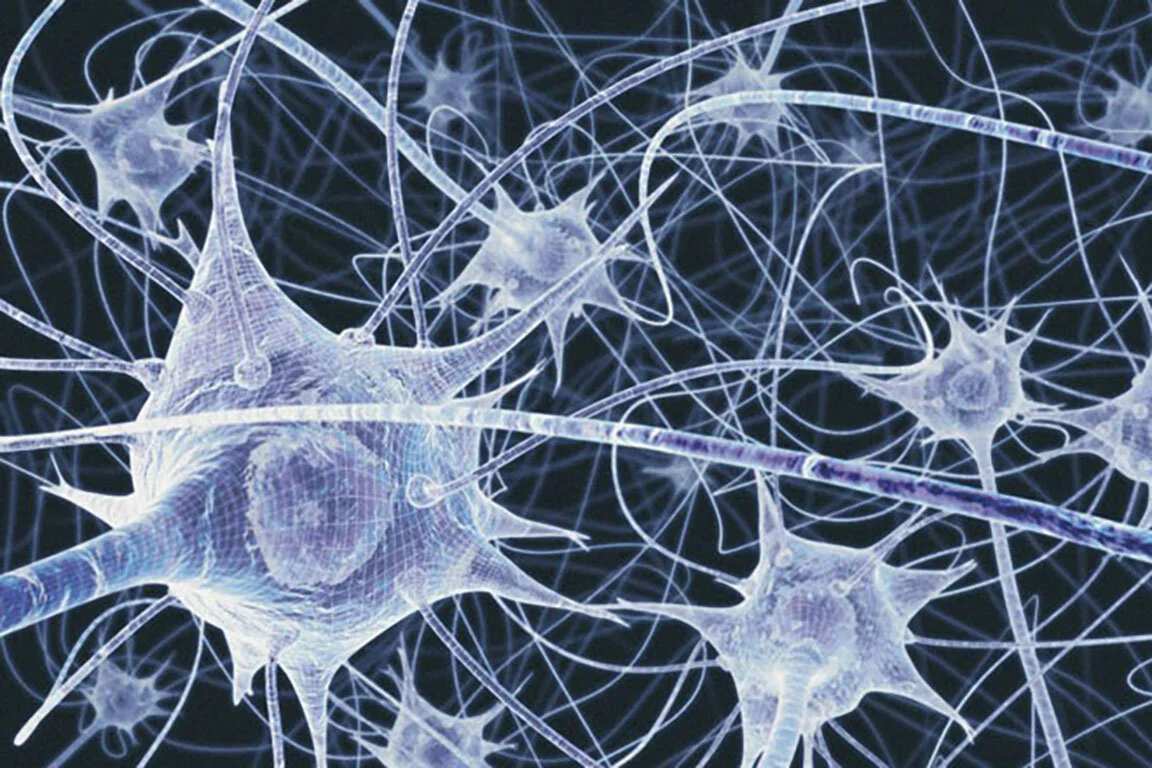How Creativity Blooms – the Hidden Power of Everyday Environments
Once again, my terrace plants appear to be dying. I look to my green friends to restore my spirit and my mind. In return, I do my best to care for them. But for a plant lover with good intentions, I have a decidedly brown thumb.
Thankfully, I have better luck tending my creative garden. I place a high value on my creative practice. I do my best to get myself into creative flow. But most importantly, I leverage my environment to help my creativity flourish.
My neighbor’s plumbago is flourishing … why isn’t mine?
What does creativity need to flourish?
Creativity was described by Einstein as “combinatorial play” and I love that imagery. It is the process by which we combine the bits of pieces of our knowledge, memories, dreams, and whatever inputs we’re getting from our environment to create something new and wonderful –an idea, a work of art, a solution to a problem, or a fresh perspective.
Whether it is the “Big C” creativity of artistic design and scientific discovery or the “little c” creativity of everyday acts of ingenuity and insight, the combinatorial play of creativity is a complex process involving the whole brain and a back-and-forth dialogue between mind and world.
At a big picture level, the creative process depends on some basic fundamentals:
Creativity depends on having a well-stocked brain.
Creativity is expanded when you move beyond what you already know.
Creativity flows when you are able to let your mind go.
Creativity is powered by having sufficient mental bandwidth.
Creativity is turned on when you feel that it matters.
How can our environments help?
Stocking your brain with the building blocks of creativity
Despite popular belief, creativity is not all about “getting out of your head.” On the contrary, the stuff inside your head – specifically knowledge and the richly interconnected neural structures that store it – is what underlies creativity.
How do we build these rich knowledge structures?
Mostly, as it turns out, through our interactions with our environment. Experiments back in the 1970s found that rats living in enriched environments with other rats, toys, and things to explore developed brains that were bigger, more interconnected, and more active than the brains of rats living in cages without much going on. Not surprisingly, the enriched rats were also better problem solvers.
Humans are not that different from those rats in terms of the effects of the environment on our brains. But what constitutes our cage isn’t just the physical space. Arguably more important is the environment of information, ideas, and experiences in which we live. The more we explore by trying new things, going down interesting information rabbit holes, embracing different experiences, and giving ourselves time to digest rather than gobble information, the richer our knowledge structures become. This translates to an extensive and diverse set of building blocks for our brains’ creative combinatorial play.
If you happen to be a contributing designer of a larger cage – a leader or engaged member of an organization, say – you can support creativity by building an organizational structure that provide opportunities for team members to experience a richness of ideas and perspectives. Onboarding and orientation processes could allow for exploration of and interaction with different parts of the organization. Opportunities for sharing information and interacting with diverse stakeholders could be regular occurrences rather than occasional orchestrated events.
Stretching your brain beyond what you already know
Paradoxically, the strong knowledge networks that provide the foundation for creativity can also squash creativity by pulling one toward the familiar and “obvious to you.”
One way to counteract the pull of familiar ruts is to look to the environment to help you get out of your head and move beyond what you already know.
Environments that foster human connection and put you in front of a diversity of people can help stretch you beyond your own area of expertise. You gain access to fresh ideas and perspectives – extending the idea of combinatorial play from your own neutral networks to the greater network of groups and communities.
Running small experiments can help you move beyond the limits of ideation by testing things out and getting feedback from the environment. I build quite a lot of experimentation into my art studio time. Organizations can make small experiments part of their “business as usual” by specifically asking for, modeling, rewarding, and sharing the results of small experiments aimed at solving problems and improving organizational structures and processes.
Play, which usually involves manipulating and reacting to your environment, can help provide new inspiration and ideas that may just end up being the missing link when working on a problem in the future. Playing with art materials feeds my own creative process. Participating in something like a Lego Serious Play session may help feed the creative process within an organization.
Letting your mind go
Creative thought depends both on having a rich collection of cognitive building blocks and on giving the brain time to frolic among them with little conscious oversight. In this way, the mind can venture down the paths less traveled and make unexpected connections and discoveries. The right environment can help wrest control from directed thought and give the brain an opportunity to wander.
Brainstorming processes in all their variations are time-tested ways to help remove the constraints and inhibitions of top-down thinking. Brainstorming is a kind of purposeful mind-wandering.
Nature – from office plants to forest bathing – encourages a less purposeful kind of mind-wandering. Nature environments allow you to relax your mind while drawing your attention just enough to keep yourself from getting sucked into the cognitive sink-holes of negative rumination. It is no wonder studies have shown that nature promotes creativity.
Scheduling in breaks – particularly after you’ve been focusing on a problem – can be an excellent way to harness the power of your subconscious, allowing your mind to incubate ideas without direction or pressure. Go get coffee. Take a shower. Go for a walk.
Maintaining mental bandwidth
Creativity is a whole-brain energy intensive activity. It requires moving between directed and undirected thought processes, recognizing and capturing eureka moments, building on initial ideas, and following through. All of these things require a tremendous amount of mental energy – energy that while renewable, can get depleted.
We can help maintain our mental bandwidth by designing or choosing environments that minimize unnecessary distractions and that provide opportunities for mental restoration. This is as true in the workplace as in our personal lives.
Nature in all its forms is a big winner in terms of mental restoration.
A good organizational structure – an organized space, a good scheduling and tracking system, an organized workflow – can help tremendously in maintaining mental bandwidth because it means you don’t have to keep everything in your head.
Setting constraints, when appropriate, can also help keep one’s limited bandwidth from getting overwhelmed. There is a misconception that creativity flows most freely in a place of infinite possibility, but infinite choice can also lead to paralysis. Sometimes less is more.
Good management can help by keeping bandwidth limitations in mind when providing information, running meetings, or scheduling work. Managers can also play a key role in helping their team focus on what’s important while shielding them from being overwhelmed by less important asks.
Cultivating caring
At some level, the combinatorial processing that drives creativity is always happening – it is simply part of what our minds do. But if we’re not invested in the process, we’re unlikely to purposefully put energy into creative thinking. Why waste limited mental resources on something that we don’t care that much about?
As individuals, we can work to cultivate a sense of purpose and meaning in what we do, but our environment is our biggest source of feedback on what matters. We look for signs that we are needed and valued. We look for feedback that we are understood, that our efforts have a purpose, that we are contributing something useful.
We can nurture our sense of mattering by getting involved and by looking for connections that go beyond the “likes” of social media. Organizations and social groups can communicate mattering through acknowledgement, meaningful feedback, and creating structures and processes that offer regular opportunities for listening, meaningful engagement, and contribution.
A good environment is worth a thousand good intentions
People often say they wish they were more creative but they don’t structure their everyday environment to help make that happen. Organizations may say they value creativity and innovation yet their “business-as-usual” environments don’t support the creative process.
One of the reasons for this mismatch is that creativity is often defined in terms of outcomes – a finished painting, an innovative product, a new idea. But creativity is not the eureka moment, it is the non-linear, cumulative, often slow, murky process underneath that precedes the eureka moment.
We can’t fully control the creative process, but we can encourage it by creating environments that support it. The concept of creating environments is key. You don’t create a supportive environment by coming up with an optimistic value statement, by talking about the importance of a culture of creativity, or by setting good intentions for a creative practice.
You create a supportive environment through the way you design your physical space, the actions you take, the social interactions you participate in, the structures and processes you put in place, and the information you consume.
Could you start your day with a walk in a nearby park or install a small nature oasis in your workspace to help restore your bandwidth and encourage moments of mind-wandering? Could you host a discussion group or learn more about what an adjacent team at work is doing? Could you schedule in regular time for play and new experiences? Could you make small experiments an intentional part of how you solve problems?
I’m off to more thoroughly research the needs of my plumbago and figure out what actions I can take to tweak its environment in order to help it be its best self.
What might you do to change or tweak your environment in order to be your best creative self?





